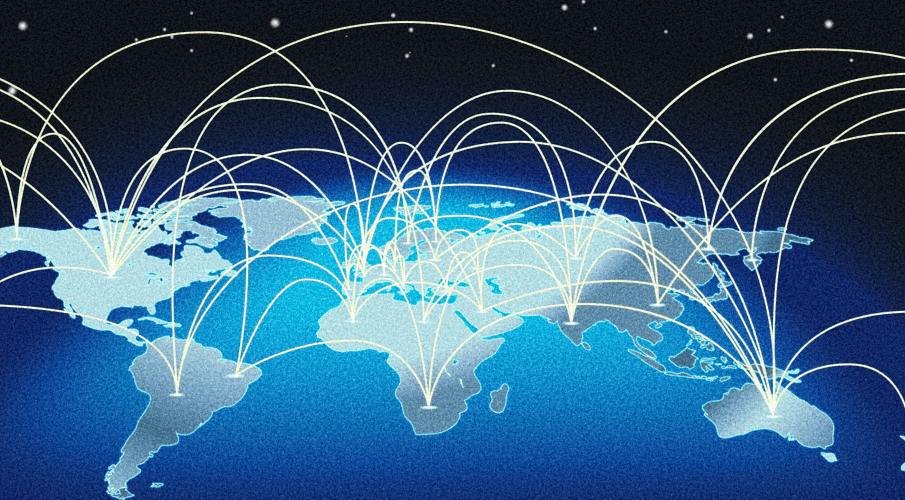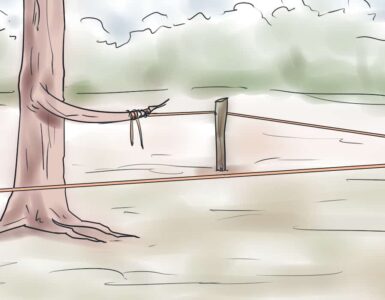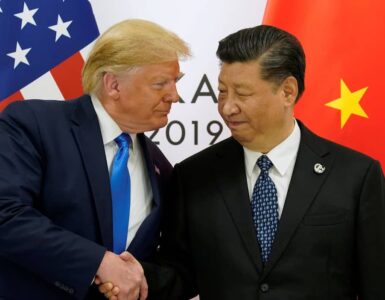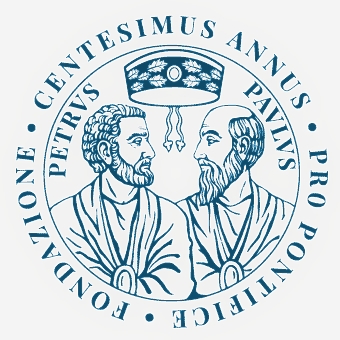The generation that survived two world wars established our current system of international affairs to prevent a third world war. It kept the peace between major powers since 1945. Bretton Woods, The General Agreements on Tariffs and Trade, NATO and other organizations formed the framework for peace and prosperity as Western Civilization emerged from the ashes of the Second World War.
Remaining in Western Europe, the new system kept the Americans in, the Germans down and the Soviets out. In the Pacific, we kept the Japanese warlords at bay by influencing the rewriting of their constitution and becoming allies. Japan, Australia and other nations held Communist China in check.
The post war era had three major global trends, until now: falling political barriers, increased technology and increased trade. These trends supported two positive factors: increased resource mobility and decreased transaction costs. Capitalism flourished and freedom opened in Eastern Europe after the fall of communism. The United States lead the way with innovation. Companies like Apple, Dell, Boeing and Microsoft pioneered world development.
The “Big Three” benefited from foreign competition. Honda and Toyota forced our companies to become more efficient and this led to vehicles with a front wheel drive, transverse mounted engine, using lighter components like aluminum and plastic, rather than steel. Trade leads to innovation, competition and education. The American consumer benefited, too. Better products at lower prices.
Over the past 40 years, BMW, Mercedes and Toyota opened plants in the U.S. The recent proposed investment by Nippon Steel in U.S. Steel will result in a capital infusion of $1.5 billion and U.S. Steel will become more competitive.
The United States became the primary beneficiary of this post war system. Global stock market capitalization is roughly $109 trillion, with the NYSE and NASDAQ making up more than 40%. 60% of Americans invest in the capital markets. Global GDP is $110 trillion, the U.S. GDP is roughly $28 trillion. Per capita income is high, and we enjoy a solid standard of living. We are doing this while making up only 4% of the world’s population. We are punching far above our weight class.
Foreign investment, which ties their future to ours, is high. Although we run a merchandise trade imbalance with Canada of $63 billion, they own $378 billion in U.S. Treasuries. Our money came back. Foreigners own $8.5 trillion of our $36.5 trillion debt. They are your lenders and your partners. The United States national debt now exceeds $36 trillion. We spend $2 million per minute to finance just the interest.
Here are a few selected balances of our trading partners investing in Federal Debt. They are returning money Americans spent on their goods and services.
Foreign Holdings in U.S. Treasuries, December 2024
Amount In Billions
Japan $1,059.8
China 759.0
U.K. 722.7
L.U. 423.9
Cayman 418.9
Canada 378.8
Mexico $102.6
Source: U.S. Treasury
Regarding capital flows, examine what occurs when an American purchases a $40,000 car from Honda.
The money is transferred to Japan and Honda has several options. It can buy something from the United States, like computer software from Microsoft. Honda could invest into U.S. Treasuries. Japan owns more than $1 trillion in U.S. Treasuries. Honda could invest into the U.S. stock or corporate bond market or buy real estate. The company could sell dollars and convert into Yen or Euros. Honda could hold dollars, as an investment.
The term “trade deficit” is a misnomer. The balance of payments is balanced. We may run a merchandise trade imbalance with the rest of the world, but we run a capital surplus.
When tariffs are imposed our government, they are paid at the port of entry by U.S. companies and costs are passed on to manufacturers and consumers. Tariffs are akin to a type of price control, a price floor, like crop subsidies, that cause the price of a good to be much higher than it should.
These costs eventually distort the pricing mechanism in the economy. Prices are a signal. Prices coordinate supply and demand. They allocate scarce resources to their most highly valued use. Prices are a guide to future production. Most importantly, prices must be able to tell the truth. Tariffs distort the pricing mechanism in the economy and impact the stock market.
Two examples of the use of tariffs that most impacted the stock market occurred in 2002 and 1929.
On March 20, 2002, the Bush Administration imposed steel tariffs. Even before the tariffs took effect, the market anticipated the price impact and began moving. The price of hot rolled steel increased from $210/ton in December 2001 to $400/ton in July 2002, a 90% increase. Cold rolled steel jumped from $300/ton to $525/ton, a 75% increase. The steel tariff was 30%. Lumber tariffs were imposed in May, affecting the housing and construction industry.
The distortion in the market and the shortages this caused resulted in job losses in manufacturing from March 2002 to March 2003 of 476,000, according to the Bureau of Labor Statistics. This was more workers that were employed in the entire steel industry.
Manufacturers were unable to pass along price increases to the “Big Three” and other OEMs, as they were on fixed contracts. They were told simply, eat the cost of steel or we’ll go to China and get parts without a tariff. The market did not recover until December 2003 when the steel tariffs were lifted.
One of the main goals of the Trump Administration is to protect and onshore domestic manufacturing. Almost a century ago, the Smoot Hawley Tariff of 1930 was originally designed to protect American farmers. Ironically, they ended up being the worst affected by the tariff, as they could no longer export due to retaliation of foreign nations.
Most economists incorrectly blame the Crash of 1929 on the gold standard and stock market speculation of the roaring ’20’s. Although buying on margin contributed to the crash once it began, it was the news that the Smoot Hawley Tariff Bill would become law on the morning of October 28, 1929, tanked the market. This tariff on 25,000 goods and services drove the market down eight months before it became law because markets discount future earnings.
The market is the human mind and is the most accurately programmed computer on the planet. It calculates the impact of profits and losses on corporations immediately and assigns a value of the stock at its net present value. The news broke on the morning of October 28,1929, that caused the market crash. The New York Times header read, “Leaders Insist Tariff Will Pass.”
Once the bill became law in June 1930, other nations retaliated, just like they are today. Global trade dropped 66% from 1929 to 1934. The Dow Jones Industrial Average dropped 89% until 1932. The market languished throughout the 1930’s and we had a recession within a depression in 1938. The true market bottom occurred after the Battle of Midway in June 1942. We turned the tide in the Pacific and the Japanese would now be on the defensive. The market did not reach its 1929 levels until 1954.
The United States is the leader in a completely integrated global economy. It is one of the reasons that there has not been a war between major powers since 1945. Tariffs raise prices, invite retaliation, cause shortages, reallocate resources, reduce American exports, destroy jobs and lower the value of stocks. Roughly 60% of Americans are invested in the stock market. The S&P 500 has lost over $3 trillion due to tariff policies and the threats of reciprocal tariffs on April 2nd. When corporate earnings are announced, pay attention to forward guidance given by companies. They may mention higher input costs and lower exports.
Free trade agreements like the one between the states, outlined in Article I, section 9 of the U.S. Constitution, ensure prosperity and peace. Rather than raising tariff barriers around the world, we should be lowering them.
Disagreements between trading partners should be resolved through dialogue and penalties. China is a bad actor on the world stage. They should be removed from the World Trading Organization and have their Most Favored Nation trading status revoked. Use other sanctions and boycott their goods, such as EV’s. Revoke student visas. Do not impose tariffs, which are paid by American companies to U.S. Customs and passed to consumers in the form of higher prices. Tariffs are a domestic tax, not a foreign one.
At the end of the day, we are linked in trade and finance. Only diplomacy will solve these trade issues. Tariffs result in retaliation and increase economic nationalism. Trade and strong alliances have meant prosperity and peace since 1945. You don’t declare war on your customers or your lenders.
Trade works and has stood the test of time. The collapse of the global trading system in the 1930’s ushered in the Great Depression and the Second World War. Disable this system at your own risk.





























